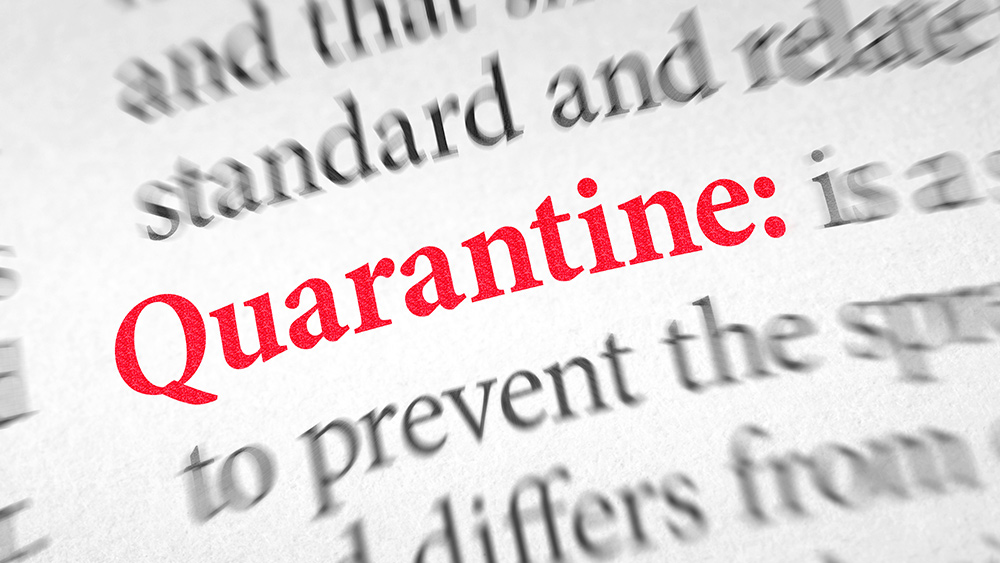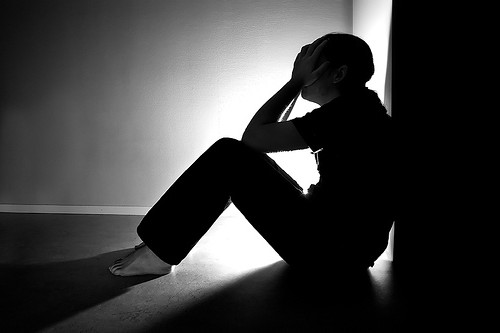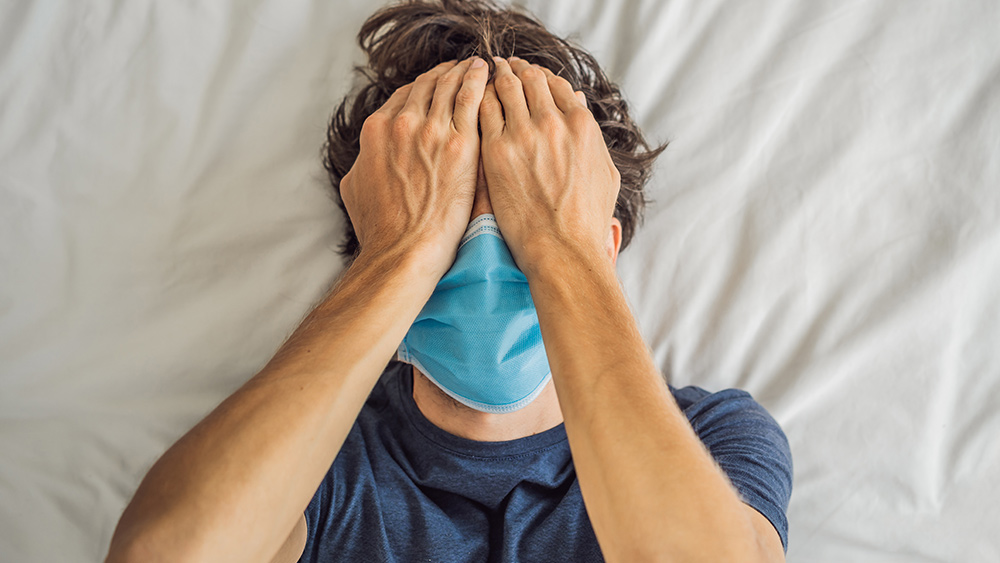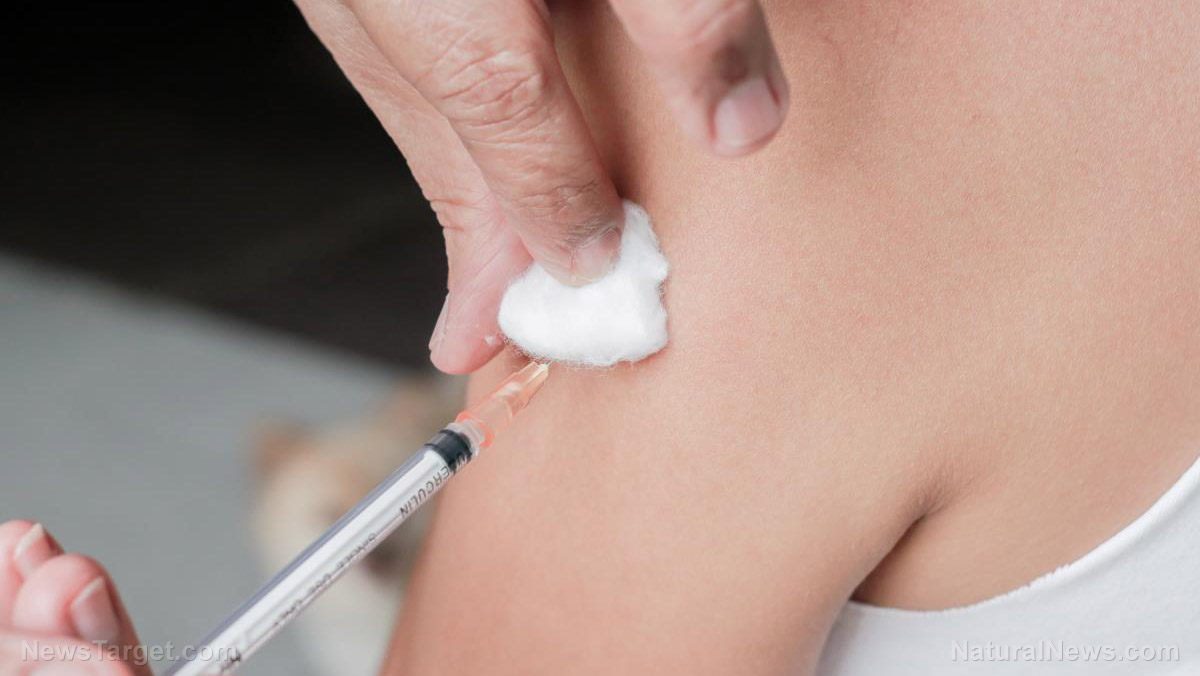Teen commits suicide six weeks into COVID-19 lockdown in Sydney
09/03/2021 / By Nolan Barton

Daisy Long wanted to explore the world after years of battling a debilitating chronic illness, but the coronavirus (COVID-19) pandemic had put her plans on hold. A prolonged lockdown had shuttered those plans permanently.
The 19-year-old university student took her own life on Aug. 6 – six weeks into the ongoing lockdown in Sydney, which is part of a larger lockdown in the Australian state of New South Wales. The lockdown was initially set only for two weeks – starting June 26 and ending July 9. But it had been extended several times as the state struggled to contain the delta variant of SARS-CoV-2, the virus that causes COVID-19
“It’s been extremely difficult. I’ve felt like there’s just a missing piece in my life,” said Tiggy, Daisy’s younger sister. “Daisy was like my other half to me. Daisy was the one who taught me strength and she went through many challenges in life. She always had a smile on her face and held her head high.”
Daisy was chronically ill with a tick-borne disease between the ages of 13 and 16.
“During those years, when she should have been at school having fun and enjoying herself, instead she was bed-bound,” said Sally, Daisy’s mother.
“We kept saying to her ‘once you are better, your life will be better and you will go ahead and achieve your goals and dreams.’ She focused on that. She applied for psychology at Macquarie University, was accepted and began her degree this year. She received high distinctions. Then COVID lockdown began. It sent her spiraling downwards.”
Lockdown feels like prison
Tiggy saw the harrowing effect lockdown had on her sister. (Related: Extended coronavirus lockdowns having severe negative effect on mental health of children – report.)
“I think I saw it more than anyone. Me and my sister were extremely close. And it does feel like prison,” she said. “It feels so lonely and it feels like it’s never going to come to an end. When you get in that head space of I’m trapped and it’s never going to end, you think how can I survive lockdown?”
Tiggy urged her fellow teens to speak up and reach out for support. She explained how she bottled up her emotions until she recently lost her sister.
“Daisy wasn’t able to come to a point where she could voice what she was feeling. I know it’s not that easy, but you just have to speak up,” Tiggy said. “You just need to get it out to someone because especially in lockdown, when you’re trapped in your room and you are dealing with these emotions, you’ll just explode at one point. When you’re dealing with mental health issues you have to think about yourself.”
Meanwhile, Sally issued a plea to parents whose children are struggling during the lockdown.
“Don’t get hung up on the small stuff. Don’t get hung up on whether they’ve done the essay or not. It’s neither here nor there at the moment really. No disrespect to the education system, but at the moment they need to be having whatever release of freedom and fun they can have,” she said.
“If they want to sit up and watch a movie until three in the morning let them. Because what they’re doing is they’re getting out of their head. You want them out of their head. You want them out of their head. You don’t want them in here.”
Single biggest mistake in public health history
The increase in suicides was only one of the numerous reasons lockdowns were considered “the single biggest mistake in public health history” by Dr. Jay Bhattacharya, a Stanford University Medical School epidemiologist and public health expert.
He called the harms caused by lockdowns “extremely multi-dimensional” and traumatic, especially to children. “It’s not possible to reduce to a single number,” he said. “For a child who skips a year of school, the consequences will last a lifetime.”
According to Bhattacharya, lockdowns led to dramatic increases in poverty, food insecurity, outright starvation, depression, anxiety, suicide and death. (Related: Suicide spike in Japan linked to coronavirus pandemic; Prevention measures must be implemented immediately, experts warn.)
Last year’s data supported his claims as most of the excess deaths in the U.S. were not attributed to COVID-19. Excess mortality is the best gauge of the pandemic’s impact. It compares the overall number of deaths with the total in previous years.
While some of those deaths could be undetected COVID-19 cases, and some could be unrelated to the pandemic or the lockdowns, preliminary reports point to some obvious lockdown-related factors.
There was a sharp decline in visits to emergency rooms and an increase in fatal heart attacks due to failure to receive prompt treatment. A lot fewer people were screened for cancer and social isolation contributed to excess deaths from dementia and Alzheimer’s.
As unemployment surged and mental-health and substance-abuse treatment programs were interrupted, the reported levels of anxiety, depression and suicidal thoughts increased dramatically, as did alcohol sales and fatal drug overdoses.
The number of people killed last year in motor vehicle accidents in the U.S. rose to the highest level in more than a decade, even though Americans did significantly less driving than in 2019. It was the steepest annual increase in the fatality rate per mile traveled in nearly a century, apparently due to more substance abuse and more high-speed driving on empty roads.
There were roughly 56,000 excess deaths among Americans aged 15 to 54 – 22,000 involved COVID-19 and 34,000 from other causes.
Follow Pandemic.news for more news and information related to the coronavirus pandemic.
Sources include:
Tagged Under: Anxiety, coronavirus, covid-19, covid-19 pandemic, depression, drug overdose, food insecurity, lockdowns, Medical Tyranny, mental health, pandemic, SARS-CoV-2, social isolation, suicide
RECENT NEWS & ARTICLES
COPYRIGHT © 2017 DEPRESSIONSYMPTOMS.NEWS
All content posted on this site is protected under Free Speech. DepressionSymptoms.news is not responsible for content written by contributing authors. The information on this site is provided for educational and entertainment purposes only. It is not intended as a substitute for professional advice of any kind. DepressionSymptoms.news assumes no responsibility for the use or misuse of this material. All trademarks, registered trademarks and service marks mentioned on this site are the property of their respective owners.




















